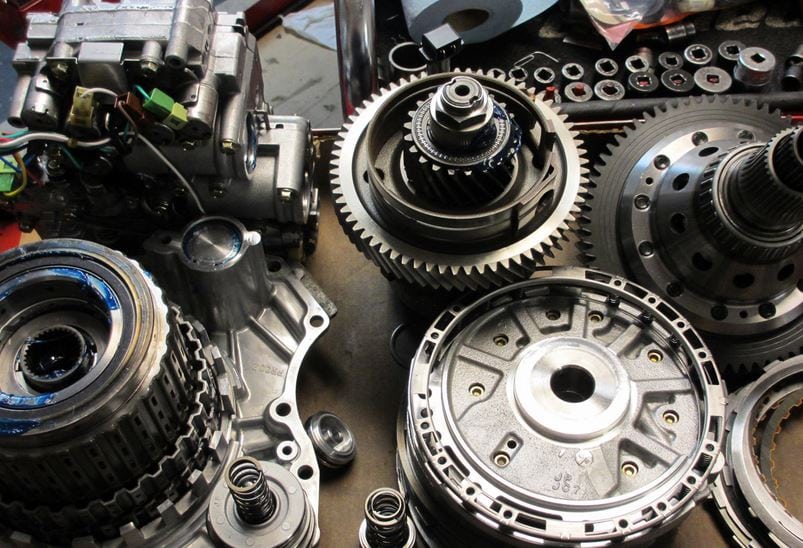Even the most finely crafted transmission can develop peculiar behavioral issues over time. In extreme scenarios, those glitches can add up to big trouble that will impede the proper functioning of your overall transmission. If you’d like to get your own transmission back on track and keep problems from cropping up, the following actions are advised.
Perform a Proper Drain & Fill
Past the 100K mark, all bets are off when it comes to transmission health. If you’re encountering shifting problems, avoid a flush, and opt instead for a drain-and-fill using a synthetic fluid optimized for your vehicle. Be sure to drop the pan, remove any metal shavings, and install a new filter. If you can’t do this process yourself, have tow truck from Big Lake take your burnt out automobile to a shop that can.
Replace Aging Fluid Lines
Every hydraulic line in your vehicle will deteriorate given enough time. As they rust into oblivion, their diameters narrow due to particulate buildup. Swapping out iffy lines early will improve heat dissipation at the very minimum. Replacing lines before failure kicks in will save you from having to call a towing company when your fluid pan drains suddenly.
Upgrade the Cooling System
A transmission that’s constantly assaulted with excessively hot fluid isn’t going to perform well and can be permanently damaged. Firstly, you should replace your radiator fluid and even the radiator itself if it’s on the bubble. If you’re still having problems, adding an auxiliary fluid cooler can keep a marginal transmission ticking for years.
Tack on Additional Filtration
Old transmissions will continue to bleed excess material that’ll find its way into the lines until they bite the dust. You can easily put off that final day of reckoning by adding an inline filter somewhere between the transmission and the radiator. This is a pretty cheap fix that can yield serious dividends.
Give Your Engine an Overhaul
A rough engine will be hard on an older transmission if the situation persists long enough. Swap out spark plugs and distributor coils, clean the MAF sensor and throttle body, install a new air filter, and check the PCV valve for clogging to ensure that your engine is firing on all cylinders.
When signs of transmission trouble rear their ugly heads, being proactive is the smartest play to make. Rebuilding a transmission is prohibitively expensive to say nothing of how costly entirely new gearboxes can be. If you address problems in the making right away, you’ll save a boatload in the end.







